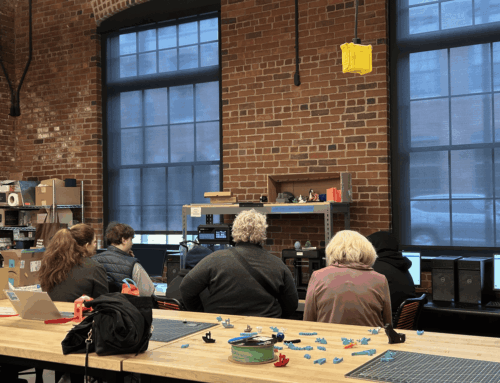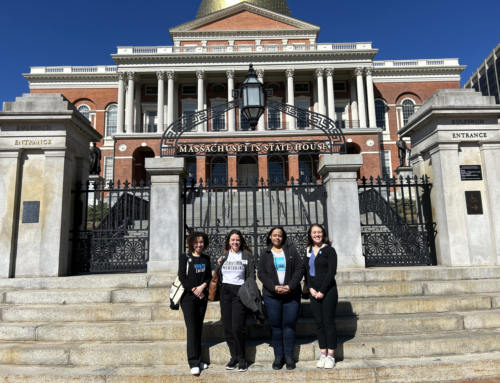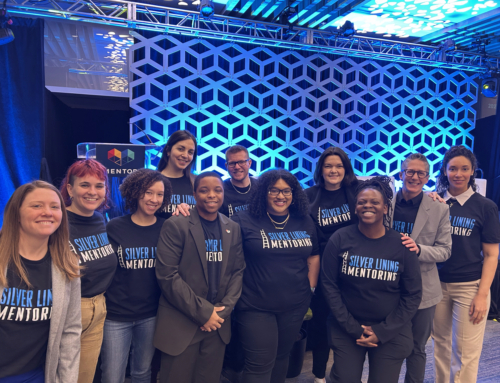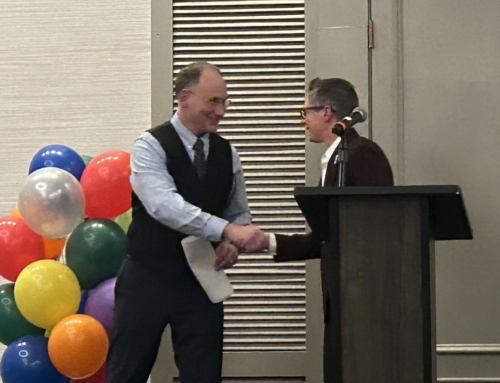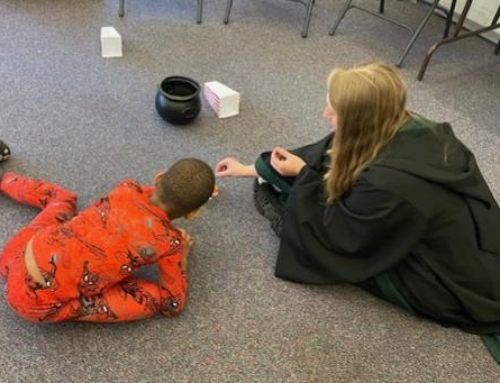Ahead of Indigenous Peoples’ Day, Silver Lining Mentoring acknowledges that we work and live on the traditional territories of Indigenous nations, including the Massachusett and Nipmuc people, and that this land is home to many diverse Native people today.
This Year’s Boston Marathon
Each year, Silver Lining Mentoring is grateful to participate in the John Hancock Boston Marathon Non-Profit Program. This means we’re granted race entries in exchange for runners fundraising for our efforts. We appreciate the opportunity to not only generate funding for our programs, but also to be part of our community, in this huge event that unites people in the Boston area and around the world.
Due to the COVID-19 pandemic, though, the Boston Athletic Association canceled the 2020 race and rescheduled this year’s marathon to take place on Monday, October 11, 2021—Indigenous Peoples’ Day. Boston Marathon organizers recently released a statement on how they would recognize Indigenous Peoples’ Day.
As we prepare for the race, it’s important that we recognize and celebrate Indigenous people and lands, both historical and current. Read on for more information about Indigenous Peoples’ Day and to learn more about the Indigenous lands in what we now call the Commonwealth of Massachusetts.
History of Indigenous Peoples’ Day
The movement to replace Columbus Day—a federal holiday formalized in 1934 as a celebration of Italian American heritage—has gained traction across the United States. Indigenous Peoples’ Day advocates argue that the not only is the idea of Columbus “discovering” the Americas a myth, but it also glorifies genocide: European colonialism in the Americas led to the deaths of millions of Native people and the forced assimilation of survivors.
According to the National Museum of the American Indian, “Indigenous Peoples’ Day recognizes that Native people are the first inhabitants of the Americas, including the lands that later became the United States of America. And it urges Americans to rethink history.”
Silver Lining Mentoring is committed to not only rethinking history, but also acknowledging and striving to do better by those who have historically been marginalized. Likewise, communities across the Commonwealth of Massachusetts recognize Indigenous Peoples’ Day, and according to this recent Boston.com article, there’s a movement urging Governor Charlie Baker to formalize the holiday statewide.
Indigenous People and Their Lands in Present-Day Massachusetts
Massachusett Tribe
According to the Massachusett Tribe at Ponkapoag’s website, the Massachusett people’s traditional homelands comprise most of present-day Greater Boston, from Salem to Plymouth on the coast and as far inland as Worcester. Massachusett society was matriarchal—women tended fields, gathered herbs and grains, created pottery and baskets, and built wetus and winter long houses. Men were responsible for hunting, fishing, whaling, and mining, as well as protection.
Before the English colonists arrived, the Massachusett people traded goods with European trading ships. However, contact with Europeans devastated Indigenous populations, including the Massachusett tribe, through violence and exposure to disease. Indigenous lands were taken over by colonists, and the majority of the Massachusett people were converted to Christianity and settled in “praying towns,” the first of which was Natick.
Learn more about the Massachusett people, their lands, and their history here: https://massachusetttribe.org/
Nipmuc Tribe
According to the Nipmuc Nation’s website, the Nipmuc peoples’ traditional homelands spanned most of what’s now known as central Massachusetts and parts of Connecticut and Rhode Island. Like the Massachusett, the Nipmuc people lived in wetus and engaged in planting, harvesting, hunting, and gathering. At first, the Nipmuc also had friendly relationships with the Europeans, though the establishment of the praying towns like Natick and other encroachments on Native land increased hostility towards and discrimination against Native people.
The Nipmuc Nation is one of New England’s largest Native communities today, with nearly 600 members.
Learn about the Nipmuc people, their lands, and their history here: https://www.nipmucnation.org/our-history
Other Resources
- Visit the North American Indian Center of Boston’s website for resources, including their Grandparents’ Resource Guide: http://www.naicobfamilyresources.org/
- Which Indigenous territory do you currently live on? Visit Native Land Digital’s map to find out!
If you have any additions or edits to this information, please let us know! Comment below or email us at casey@silverliningmentoring.org.
